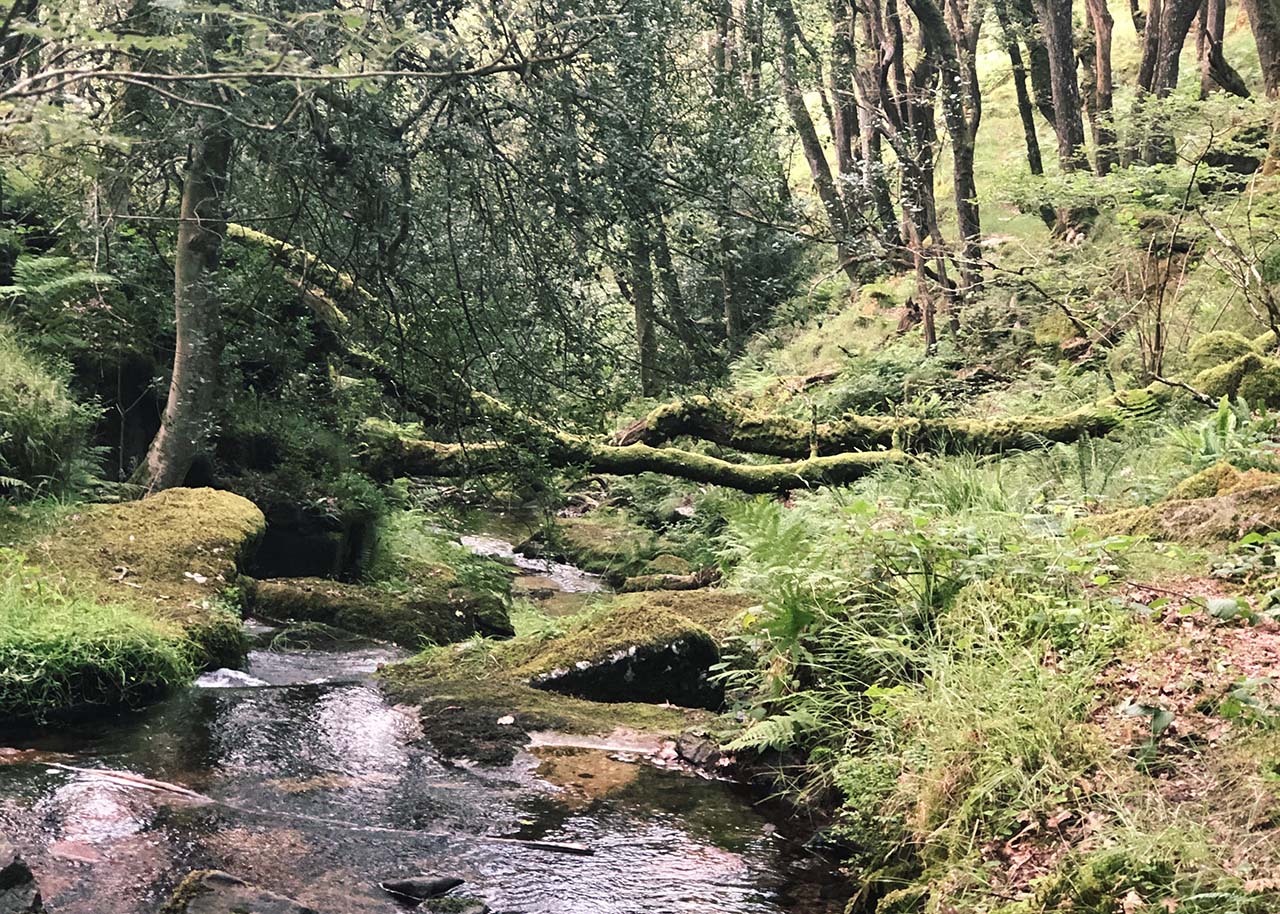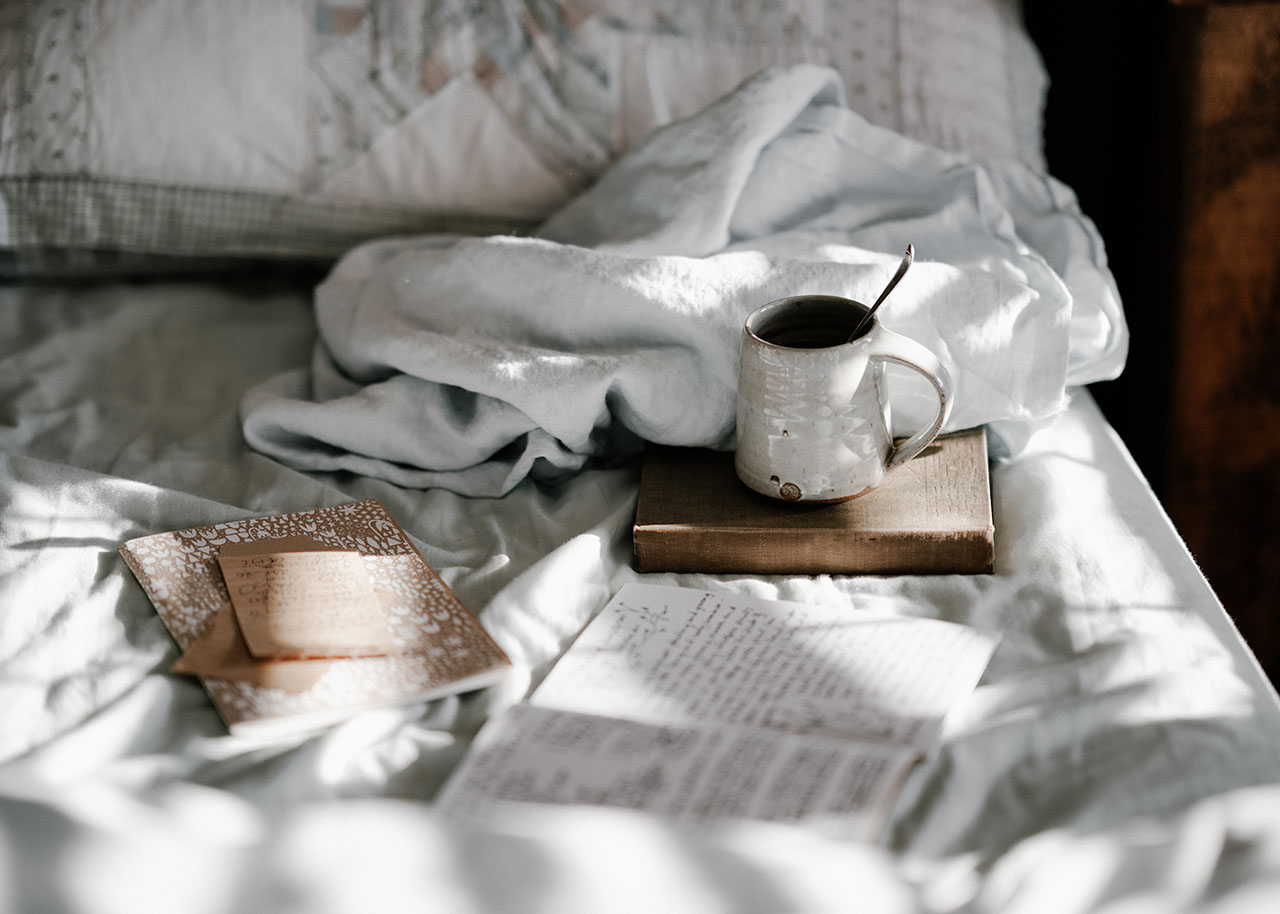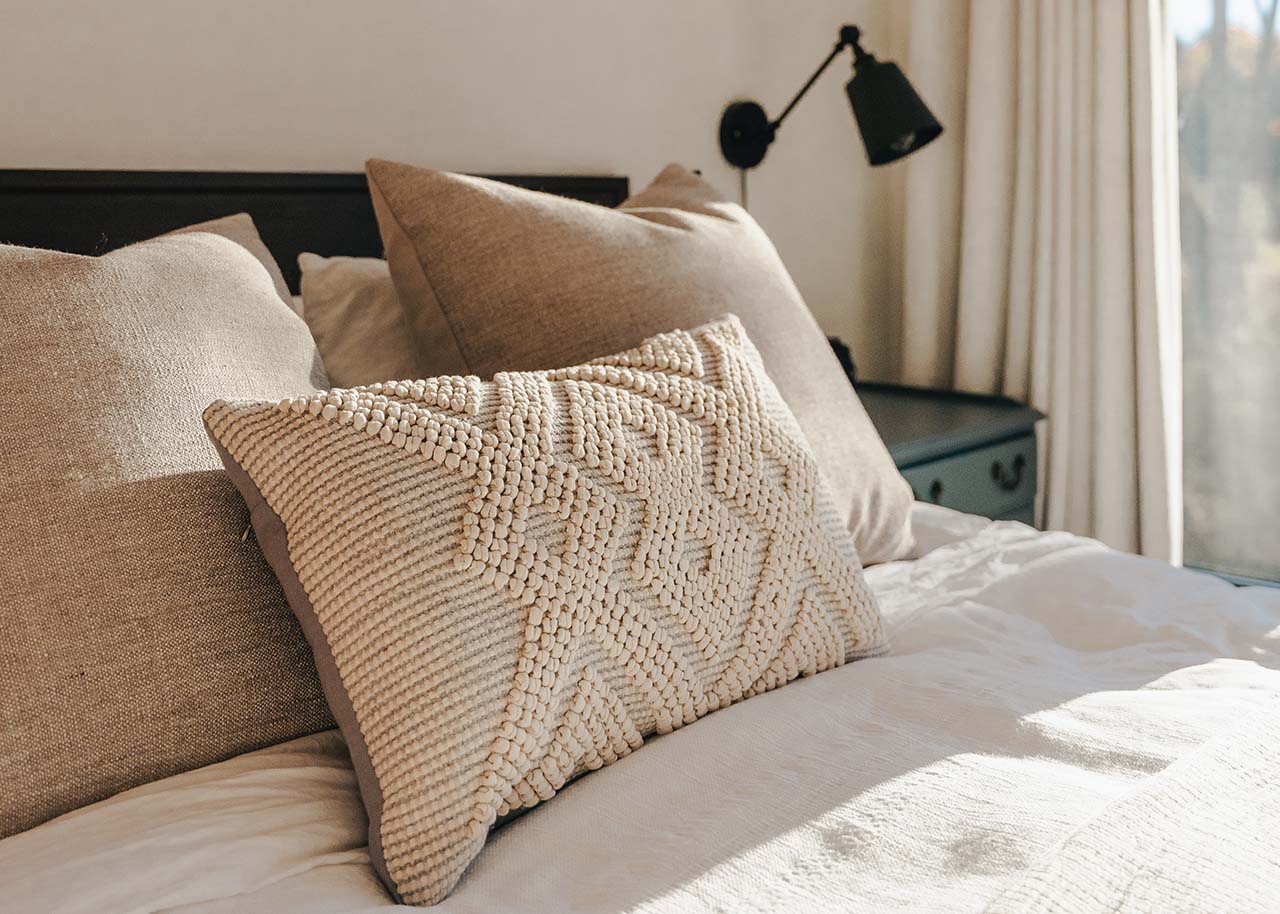‘Forest bathing is the practice of spending time among trees, slowing down, engaging our senses and connecting deeply with nature for better health and wellbeing.’
Claire Branigan is a wellbeing coach, mindfulness teacher and shinrin-yoku (forest bathing) practitioner. Through her work she helps middle years women connect with both themselves and nature, prioritise self-care and realise their true potential.
We were keen to learn more about the art of forest bathing and its benefits, how nature has provided solace during turbulent times (such as now!), and how she nourishes and protects her own wellbeing while supporting others to do the same.
words by Fiona Barrows and Claire Branigan / images by Claire Branigan
Hello Claire!
Perhaps we could start with you telling us a bit about yourself?
‘I’m Claire, a married 40-something mum of two teenagers (well nearly – my youngest is 12)! We live in a small village in Oxfordshire on the edge of the Cotswolds with our family pets. I’m a nature lover, keen gardener and I love country living – it took a bit of adjusting when we moved here 18 years ago but now I can’t imagine going back to living in a town. I’m an introvert and need plenty of solitude to recharge – I love reading, walking, crafting and being among trees.
Prior to having my children I ran the Pet Bereavement Support Service for the Blue Cross and I was a counsellor for Cruse Bereavement Care. I found however, that this work didn’t sit so well with having a young family. I then set up a vintage garden online store called Mabel & Rose which I ran for 10 years before training to be a wellbeing coach, mindfulness teacher and shinrin-yoku practitioner.’
You are a wellbeing coach. What does this involve exactly? Why were you drawn to this work?
‘Wellbeing coaching is all about taking a holistic approach to helping people to live healthy and fulfilling lives. It’s about recognising the interconnectivity of all areas of life – wellbeing means more than just being physically well – it’s about being mentally, emotionally and spiritually healthy too.
I lead clients through a process of self enquiry that helps them to identify areas of their lives that aren’t working for them and need a bit of tweaking – I then guide them towards tools they can use to bring about more contentment, joy and ease in their lives. I work in a heart-centred way, which involves helping people to tap into their own inner wisdom, to connect with their true selves, and identify their core values so that they can live in alignment with them.
I bring nature connection and mindfulness into my coaching work as I’ve found them to be absolutely essential to my own health and wellbeing. I’ve always been drawn to helping others and doing meaningful work, and it was after a period of ill health a few years ago that I found myself thinking about retraining and following my own calling.’
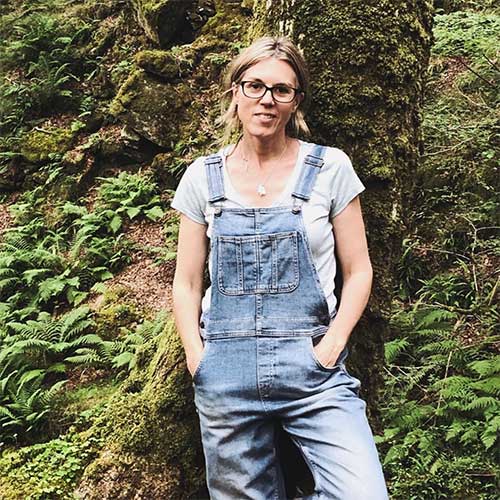
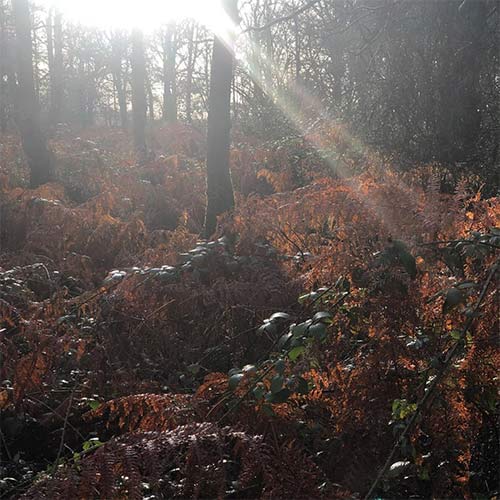
You work with women in their middle years. Why did you decide to focus on this particular period of a woman’s life?
‘I decided to focus on this particular period because it’s exactly where I find myself! For women, our middle years are a time of natural transition, when our hormones start to change as we head towards menopause. There are over 30 symptoms associated with perimenopause, the phase running up to the point at which our menstrual cycle stops. It can start in our early 40’s and can last up to 10 years and until recently there has been very little support and information about what to expect. By empowering women with information, and helping them to prioritise self care and reduce stress I can help to smooth that transition.
Mid-life can also be a time when we experience a kind of awakening and start to really question our purpose in life – I absolutely love helping women explore this aspect of themselves. Sometimes this can lead to making quite big changes, like retraining for a new career or setting up a new business – it can be hard to navigate these changes without support so that’s where I come in.
The lack of awareness and the negativity that surrounds this life phase in Western society needs to change I think – midlife can be the start of a whole new chapter of vibrant health, happiness and inner fulfillment. In Chinese culture menopause is celebrated and respected – it’s seen as a woman’s second spring, a time to look within, a time of wisdom, creativity and freedom.’
What does wellbeing mean to you? How do you cultivate your own wellbeing?
‘For me, wellbeing is about knowing myself and being aware of my needs. It’s about listening to my intuition, practicing self compassion and living a life that honours my values. It’s about feeling healthy, energetic and alive – having my eyes open and not going through life on autopilot. It’s about feeling connected to myself, to others and the earth. It’s about learning and growing and recognising that I can do hard things – sometimes it’s about stepping out of my comfort zone. It’s about trying to live from a place of love rather than fear – it’s a continual work in progress!
I cultivate my own wellbeing by eating healthily, having healthy boundaries and honouring my introverted nature by looking after my energy. I meditate, journal, practice gratitude and connect with nature on a regular basis.’
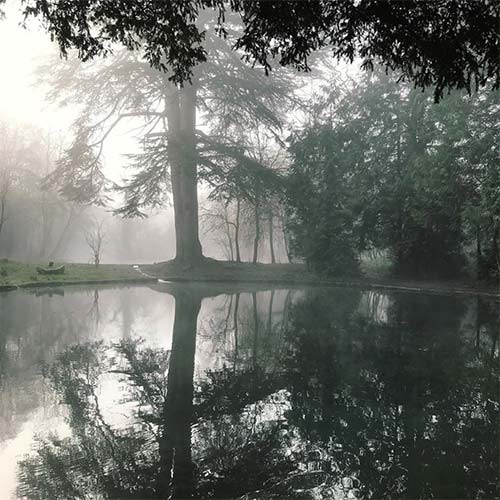
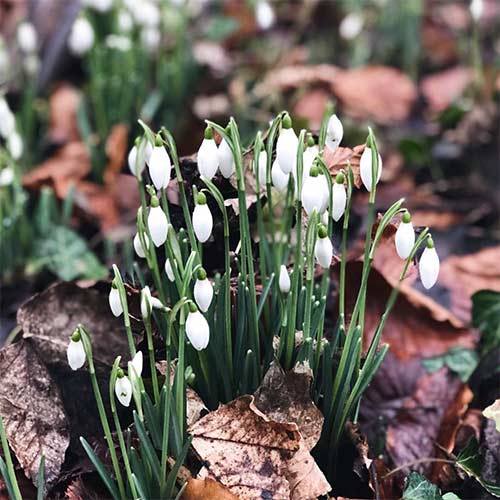
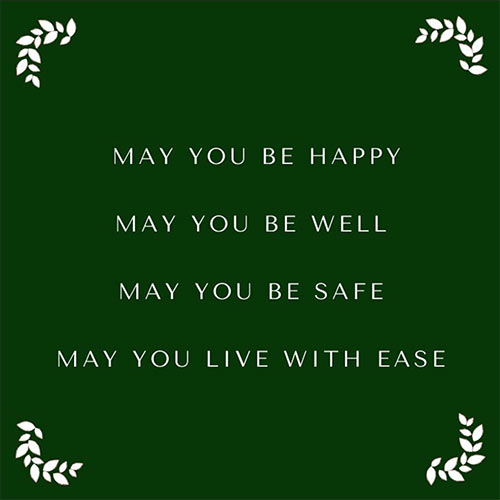
What is forest bathing? Where does the practice come from?
‘Forest bathing is a natural healing therapy which originated in Japan where it is known as shinrin-yoku. In simple terms it’s the practice of spending time among trees, slowing down, engaging our senses and connecting deeply with nature for better health and wellbeing. Forest bathing is the art of ‘not doing’ and it’s the perfect antidote for our busy day-to-day lives. The bathing element of the term refers to immersing oneself in the forest environment rather than getting wet – think in terms of sun bathing rather than wild swimming – although that could be part of a forest bath if you wanted!’
What are the benefits of forest bathing?
‘By deliberately slowing down and focusing on our surroundings in a mindful way we can quieten our minds and calm our overstimulated nervous systems. There have been quite a few scientific studies into the benefits of forest bathing and findings include reduced stress levels, increased immune function, lower blood pressure, improved mood and better sleep. Forest bathing can have a positive impact on our emotional, physical, spiritual and mental health – it helps us to relax, to think more clearly and gives us more energy and vitality.’
You’ve said before that nature has been a solace to you during turbulent times – how so?
‘Well, I would say that we’re living through pretty uncertain and turbulent times right now and connecting with nature in a mindful way has certainly been one of my primary coping mechanisms during this time. I feel deeply grateful to live where I do, and to be able to access nature on my doorstep and in my garden during this global pandemic – it helps me to feel connected and grounded and reminds me what it is to be alive and in the moment. I’ve been doing lots of earthing recently, where I just stand barefoot on the grass in my garden and repeat the words ‘I am safe, I am well, I am loved, I am here’ – it has been so helpful when I’ve felt the panic and anxiety rising.
Just before I turned 20, my mum died – she had been poorly for a few years but it was still a huge shock and a really difficult time in my life – to have her life end just as mine was beginning felt completely bewildering and I felt very lost. I had lots of support at the time from my family and friends and I did see a counsellor for a while too. But the most healing thing for me was spending time in nature – at the time I wasn’t really aware of why that was, I just knew it to be so. Looking back now, I can see that being in nature, surrounded by the cycles and seasons of life helped me to make sense of my loss. That feeling of being part of something bigger helped to calm my soul and gave me hope for the future.’
And finally what does slow living mean to you?
‘For me, slow living and wellbeing are very closely intertwined. Slow living means having the time and space for the important things in life. It’s being intentional and mindful and living a life that is aligned with my values and my heart knowing. It’s spending time with my family and in nature – getting joy from simple pleasures and living in line with the seasons. It means honouring our connection to the earth and caring for our environment. It’s about letting go of the rush and external expectations about what our lives should look like – doing things a little differently perhaps. It means building a life that I don’t feel I need to fill with unnecessary stuff or escape from with exotic holidays abroad.’
SLOW FIRE QUESTIONS
Favourite place to read a book: Anywhere with lots of natural light!
Favourite coffee or tea shop: I love The Straw Kitchen at Whichford Pottery in Warwickshire. It’s literally made out of straw bales and the interior is full of character with a homely, rustic vibe. They use lots of fresh produce grown on site and the pretty gardens and artisan plant pots are an added bonus!
Favourite place in nature: My favourite place in nature is probably Dartmoor. We’ve been going most summers for the past 20 years and it’s also where I did my forest bathing course so it has a very special place in my heart. I love the river, ancient trees, tors and ponies. It’s the wildness of it that speaks to me I think – plus it’s the most beautiful place to watch the sunset on a summer’s evening.
Favourite independent shop or maker: My sister-in-law runs a great eco-refill shop called @villagegreentools where she sells lovely eco refill bottles and a beautifully curated collection of hand crafted items and tools for a natural home.
Favourite slow living ritual: Oh gosh this is so hard to choose! One of my favourites is to take a mindful colour walk – it’s such a simple mindful practice that always helps to bring me down from my head and into the present moment. You simply pick a colour and head outside for a walk and notice everything you can see in that colour. Sometimes I take photos and post to @mindfulcolourwalk but not always. It’s a great one to do with kids too.
CLAIRE’S SLOW LIVING TIP
How to forest bathe
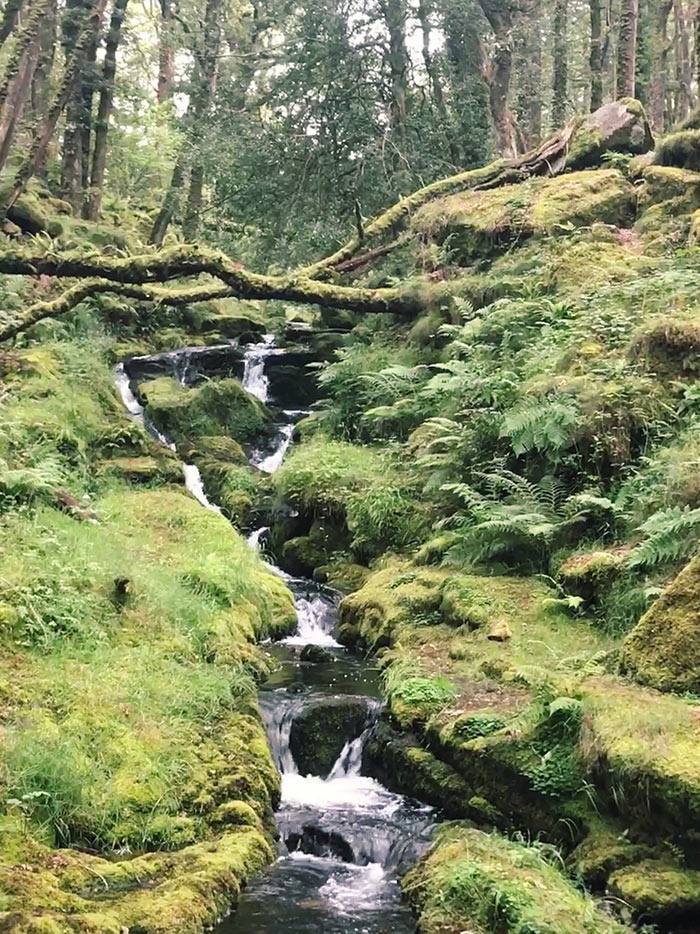
‘First of all, take some time to scope out a suitable forest bathing spot – it doesn’t need to be huge but should be somewhere with a decent number of trees. When you arrive at your destination try to leave behind the distractions of your everyday life – leave your phone at home or at the very least make sure it’s on airplane mode – the idea is that you transition to mirror the slower pace of the forest.
Take a pause when you arrive for a few minutes and bring your awareness to your feet placed firmly on the ground, as though you were sending down roots into the earth. Notice how your body feels. Close your eyes and take a few slow deep breaths.
Walk slowly through the forest, paying attention to the feeling of your feet on the ground and tune into your senses. Notice colours and patterns, the sounds around you and the temperature of the air. What can you smell? See if you can get a sense of the forest all around you. Like mindfulness, forest bathing is about giving yourself the opportunity to focus on all of your senses so you can be fully present in the moment.
Then find somewhere a little out of the way to sit for an extended period of time, at least 20 minutes. Sit quietly using mindful observation to notice what’s going on around you – it’s amazing how much more you will see after a certain amount of time has passed.
When you leave the woods, think about what you have gained from your forest bathing experience and find a way to show your thanks with a simple gesture or offering. Notice how you are feeling as you leave the woods – see if you can take a sense of calm back out into the rest of your day.’
